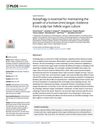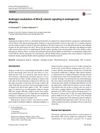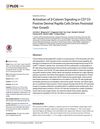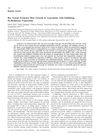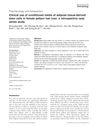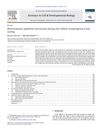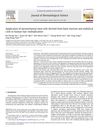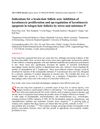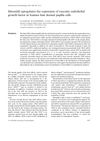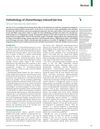Protective Effects of Human Umbilical Cord Blood-Derived Mesenchymal Stem Cells Against Dexamethasone-Induced Apoptotic Cell Death in Hair Follicles
December 2019
in “
International Journal of Molecular Medicine
”

TLDR Stem cells from umbilical cord blood may prevent hair loss caused by certain medications.
The study investigated the effects of human umbilical cord blood-derived mesenchymal stem cells (hUCB-MSCs) on hair loss, specifically focusing on their protective role against dexamethasone-induced hair follicle damage. In vivo experiments using a mouse model showed that hUCB-MSCs significantly prevented hair regression caused by dexamethasone. In vitro, these stem cells increased the proliferation of human dermal papilla cells and HaCaT cells, essential components of hair follicles, and stimulated vascular endothelial growth factor secretion while reducing DKK-1 expression. The study concluded that hUCB-MSCs could protect against glucocorticoid stress-related hair loss by enhancing cell viability, exhibiting anti-apoptotic effects, and regulating autophagic flux recovery, suggesting their potential as a therapeutic agent for preventing hair loss.
